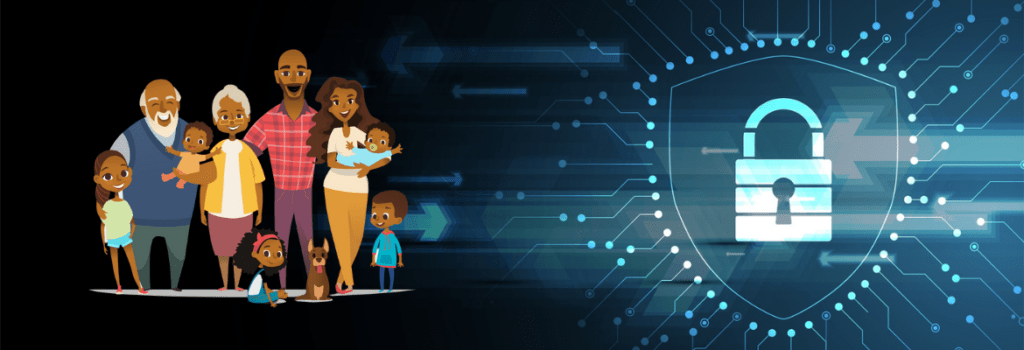
I write about cybersecurity frequently on this blog. All of us need to learn good personal cybersecurity practices. I have championed tools and services to help protect you from cybercriminals. However, despite the implementation of sophisticated security measures, human behavior remains a critical factor in cybersecurity vulnerabilities. This article explores the psychology behind cybersecurity breaches and offers strategies to mitigate risks by addressing human behavior.
The role of human error in cybersecurity breaches and phishing attacks
Human error is a significant contributor to cybersecurity breaches. Common examples are weak passwords, careless clicking on suspicious links, and falling victim to phishing attacks. Despite awareness efforts, many individuals still use easily guessable passwords or reuse them across multiple accounts, making it easier for hackers to gain unauthorized access. Phishing attacks exploit human psychology, leveraging fear, curiosity, and trust to manipulate victims into divulging sensitive information or installing malware.
Fear creates urgency and panic, prompting victims to act without thinking critically. Curiosity is triggered by enticing subject lines or messages, leading individuals to click on links without considering the risks. Trust is exploited by impersonating trusted entities to gain victims’ confidence and extract personal data. Recognizing these psychological tactics empowers individuals to identify phishing attempts and take appropriate precautions.
Editor’s note: Be sure to read our article about how to recognize and not fall prey to phishing attacks.
The impact of social engineering on user behavior
Social engineering tactics, such as phishing, pretexting, and baiting, exploit human vulnerabilities to manipulate user behavior. Phishing involves sending deceptive emails impersonating trusted sources to trick victims into divulging sensitive information. Pretexting relies on creating elaborate backstories to deceive victims into revealing personal data. Baiting attacks exploit curiosity by leaving infected USB drives in public areas. These tactics can have devastating consequences, from identity theft to financial loss, highlighting the importance of having good personal cybersecurity practices.

The role of cognitive biases
Cognitive biases, ingrained mental shortcuts, heavily influence human decision-making processes. These biases, while often helpful, can be exploited by cybercriminals, particularly in phishing attacks. Despite cybersecurity training, individuals may fall victim to phishing due to overconfidence leading to complacency.
Several cognitive biases contribute to the success of phishing scams:
Confirmation Bias
This bias drives individuals to seek out information that confirms their existing beliefs. Phishers craft messages aligning with victims’ expectations, increasing the likelihood of acceptance.
Authority Bias:
People tend to defer to perceived authority figures. Phishing emails impersonating CEOs exploit this bias to manipulate employees into taking actions they wouldn’t ordinarily.
Anchoring Bias:
The tendency to rely heavily on initial information skews decision-making. Phishers capitalize on this by presenting initial information leading victims to divulge sensitive data.
Scarcity Bias:
Individuals place higher value on rare or limited items. Phishing scams induce urgency through exclusive offers or deadlines, compelling victims to act hastily without scrutiny.
How to protect against cyber threats by understanding human behavior
Understanding human behavior is essential for protecting against cyber threats. Education and training are crucial for raising awareness and promoting vigilance among users. Comprehensive cybersecurity training programs should cover phishing awareness, password security, and social engineering tactics. Implementing strong password policies, multi-factor authentication, and regular software updates can significantly reduce the risk of breaches. Fostering a culture of open communication and reporting within organizations ensures swift action in response to potential threats.
We offer a comprehensive and effective cybersecurity course at HomeTechHacker Academy. Be sure to check out our Personal Cybersecurity Protection course.
If a book is more of your style, be sure to read our best-selling book, The Personal Cybersecurity Manual which is available in bookstores, on Kindle, and as an audiobook.
Final thoughts
Understanding the psychology behind cybersecurity breaches is essential for effectively mitigating risks in today’s digital landscape. By recognizing the role of human behavior in security vulnerabilities and implementing targeted strategies to address these risks, we can significantly enhance our cybersecurity protection. From educating ourselves about common threats to implementing robust authentication measures, addressing human behavior is key to building a strong defense against cyberattacks.



